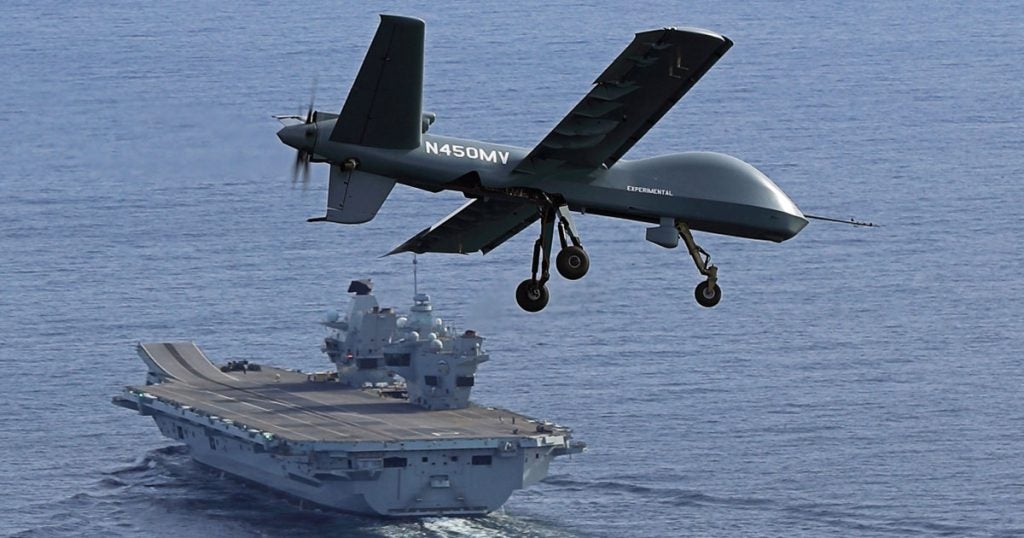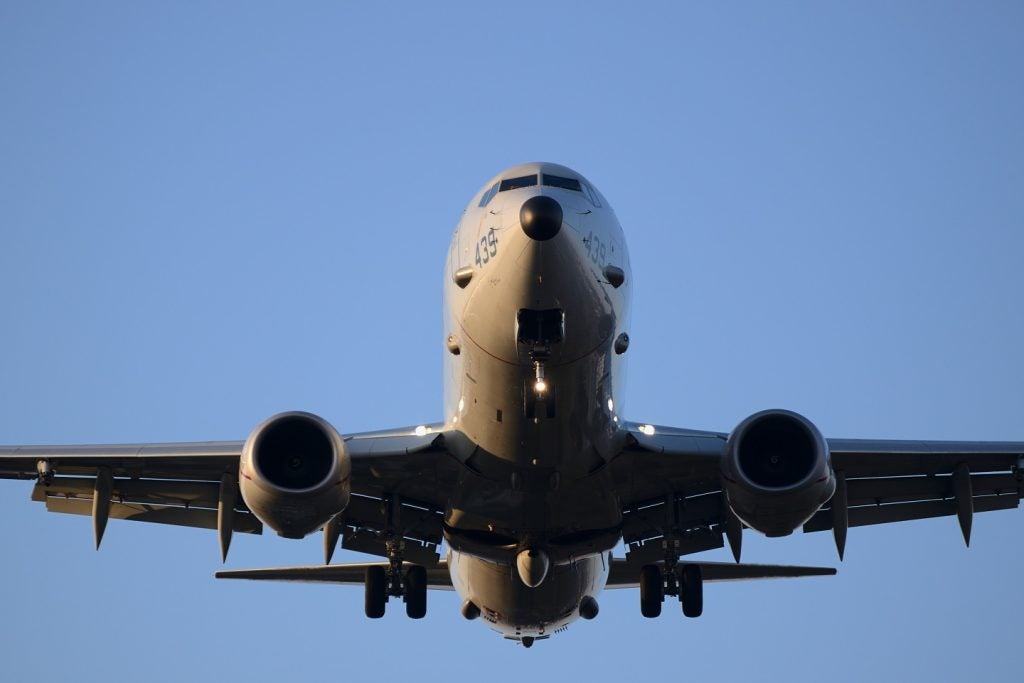In a landmark achievement, the UK's HMS Prince of Wales successfully conducted the first-ever launch of a large uncrewed aircraft, the Mojave drone, from a non-US aircraft carrier, it was announced on 17 November. The trial, performed off the US East Coast, signifies a major advancement in naval aviation, potentially revolutionising the Royal Navy's approach to carrier-based operations with a new mixed crewed and uncrewed capability.
Following the retirement of the Harrier fleet in 2010, UK aircraft carriers, lacking Catapult Assisted Take-Off But Arrested Recovery Systems (CATOBAR), had been incapable of operating any UK fixed-wing aircraft beyond the F-35B Lightning jet.
However, on 15 November, General Atomics Aeronautical Systems (GA-ASI) demonstrated the first short take-off and landing of a large UAS from a UK aircraft carrier, operating the Mojave UAS from HMS Prince of Wales while the ship was stationed off the coast of Virginia, marking the the first time a drone of this size had been launched by a non-US vessel.
“The Mojave trial is a European first – the first time that a Remotely Piloted Air System of this size has operated to and from an aircraft carrier outside of the United States,” said Rear Admiral James Parkin. “The success of this trial heralds a new dawn in how we conduct maritime aviation and is another exciting step in the evolution of the Royal Navy’s carrier strike group into a mixed crewed and uncrewed fighting force.”
The Mojave is an adaptation of the MQ1C Grey Eagle aircraft that has been developed for short take-off and landing (STOL), originally to prove STOL operations were capable at unprepared landing sits. With a 17m wingspan, the UAS is 6m wider than an F-35B Lightning steal fighter, and weighs 1.5 tonnes in its fully loaded configuration. The medium altitude, long endurance, remotely piloted aircraft can provided long-range surveillance and strike capability over areas covering many thousands of miles.
“We applaud the Royal Navy’s foresight in embracing this unprecedented capability for its carriers,” said GA-ASI CEO Linden Blue. “We knew our STOL capability would enable a UAS to safely take off and land on the Prince of Wales. Seeing our Mojave operate successfully in this environment opens myriad new ways our aircraft can be used to support multi-domain naval operations.”











